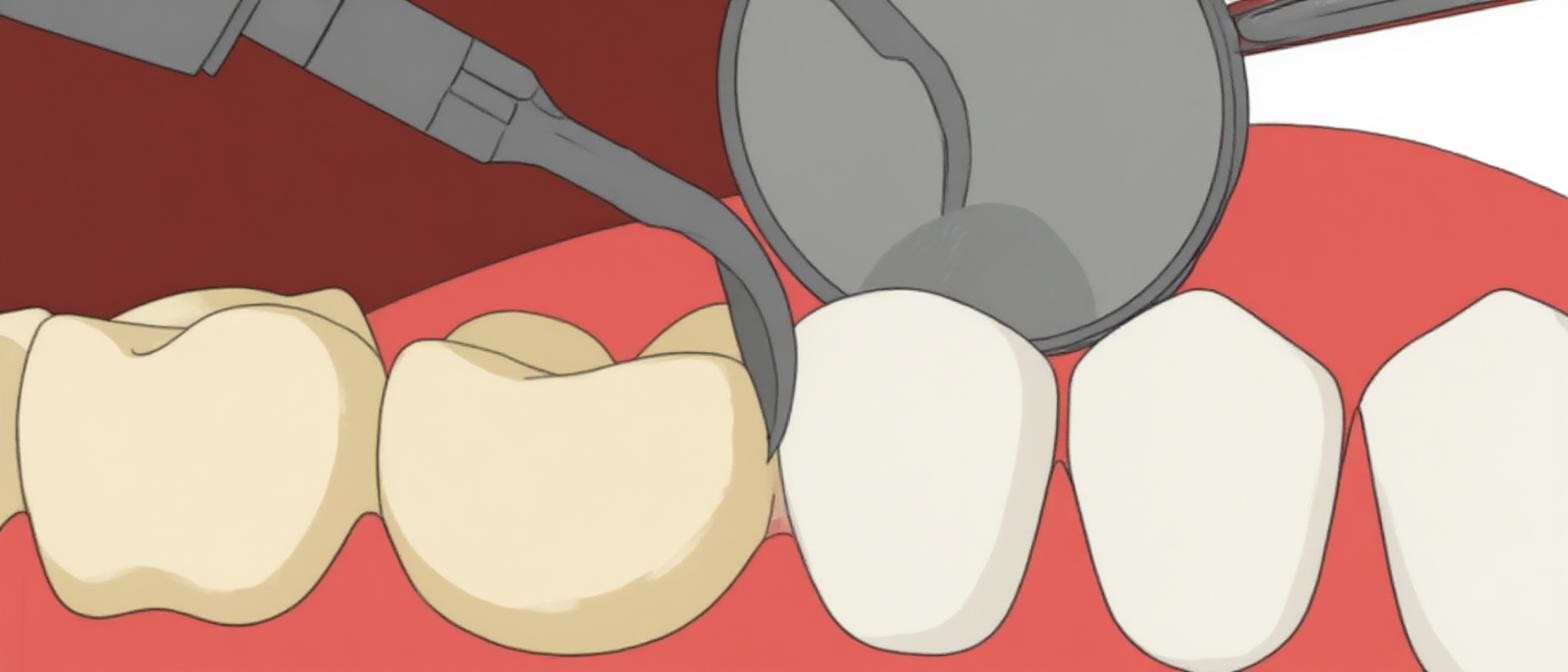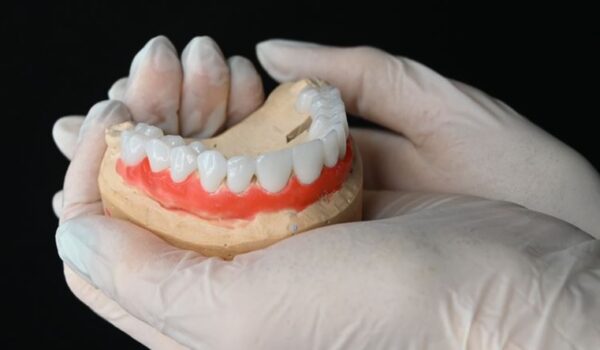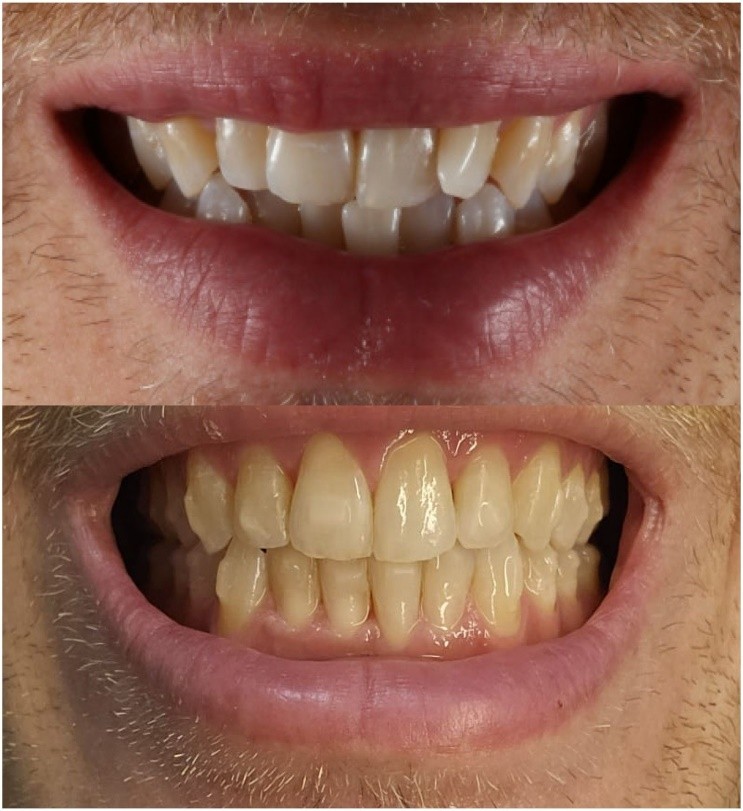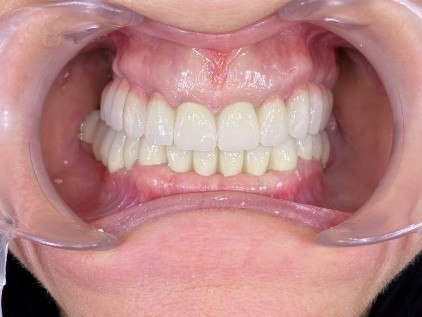In recent years, endodontic therapy commonly known as root canal treatment has increasingly been performed in a single session. In fact, a recent survey found that 86% of postgraduate endodontic program directors now include single-visit nonsurgical root canal therapy as part of their training.
What Are the Advantages of One-Session Endodontic Therapy?
- The dentist remains familiar with the internal anatomy, canal shape, and conditions throughout the entire treatment process.
- Reduced Risk of Contamination. Since the tooth is fully sealed and not left open or temporarily restored, there is no risk of bacterial microleakage between sessions.
- Time Efficiency. The entire procedure is completed in one visit, saving both clinician and patient time.
- No need for multiple appointments, which is especially helpful for patients with busy schedules or dental anxiety.
- Fewer appointments mean lower overhead costs, improving overall clinical efficiency.
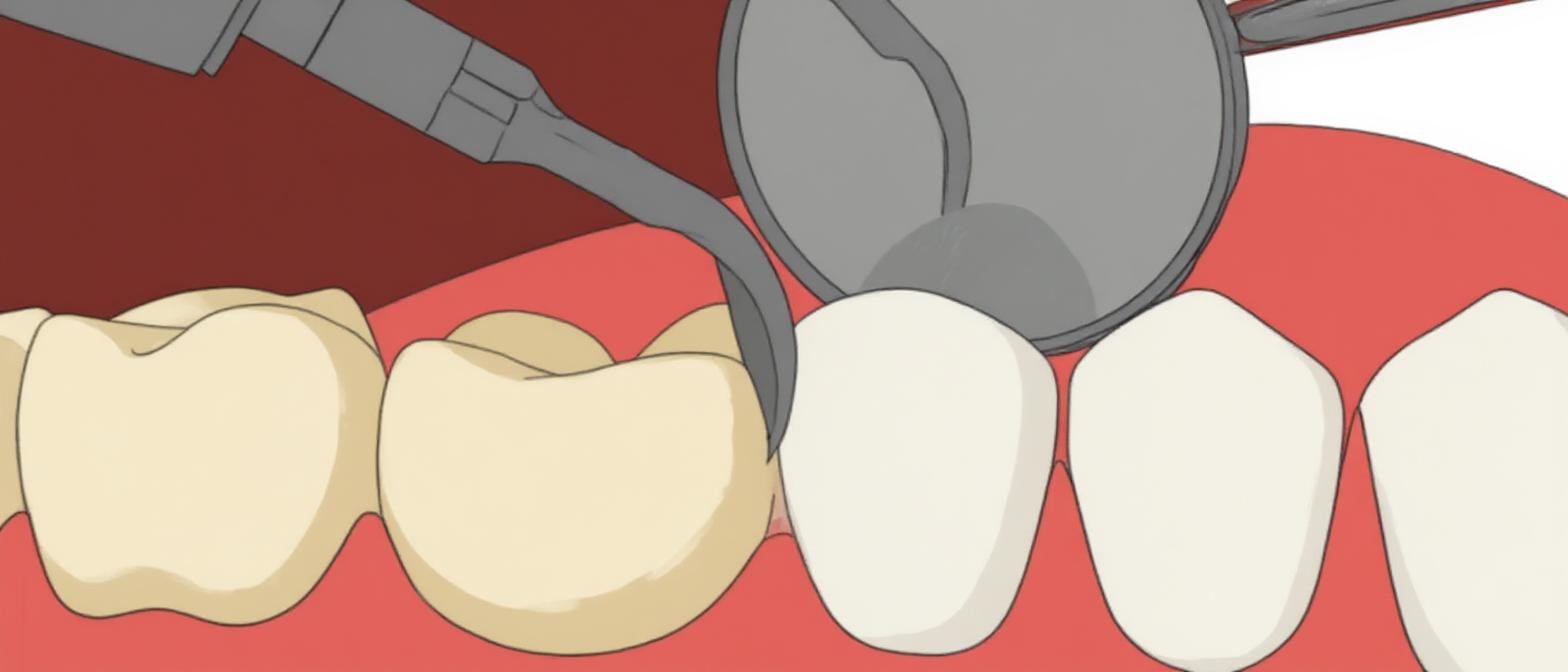
What Are the Potential Disadvantages?
Despite its advantages, single-session therapy has some clinical and practical limitations:
- If inflammation is present or worsens during treatment, it can be difficult to properly access the apical part of the canal.
- Longer procedures can lead to clinician fatigue, potentially impacting performance and focus.
- A lengthy session may lead to fatigue or discomfort for the patient, particularly in complex cases.
Our Philosophy at the Slow Dentistry Clinic
At our clinic, we embrace the Slow Dentistry philosophy, which focuses on careful, patient-centered treatment delivered at a comfortable and safe pace. While one-session therapy can be effective, we prioritize:
- Postoperative comfort
- Accurate diagnosis
- Reduced risk of treatment failure
For these reasons, we often recommend 2–3 treatment sessions, depending on each patient’s individual diagnosis and clinical needs. This approach allows us to monitor healing, manage discomfort, and ensure the best long-term outcome.


